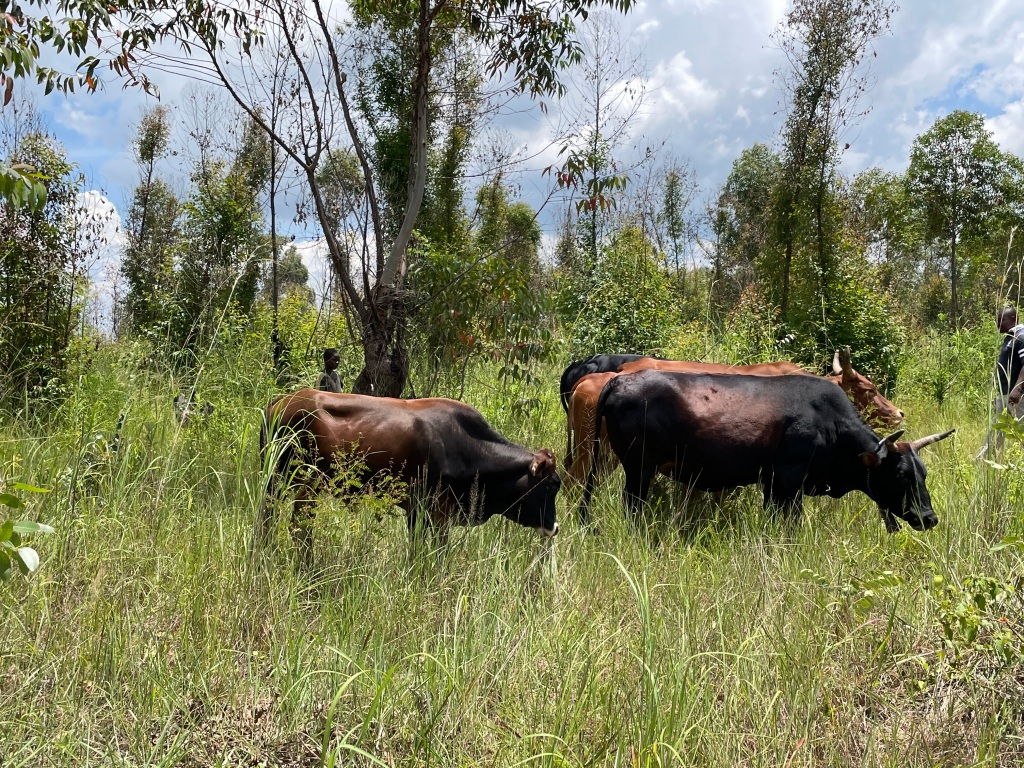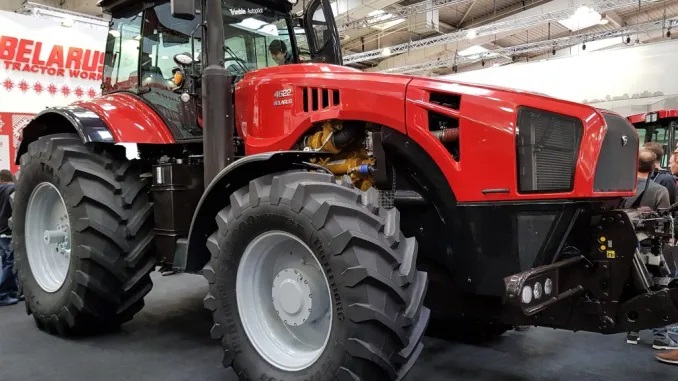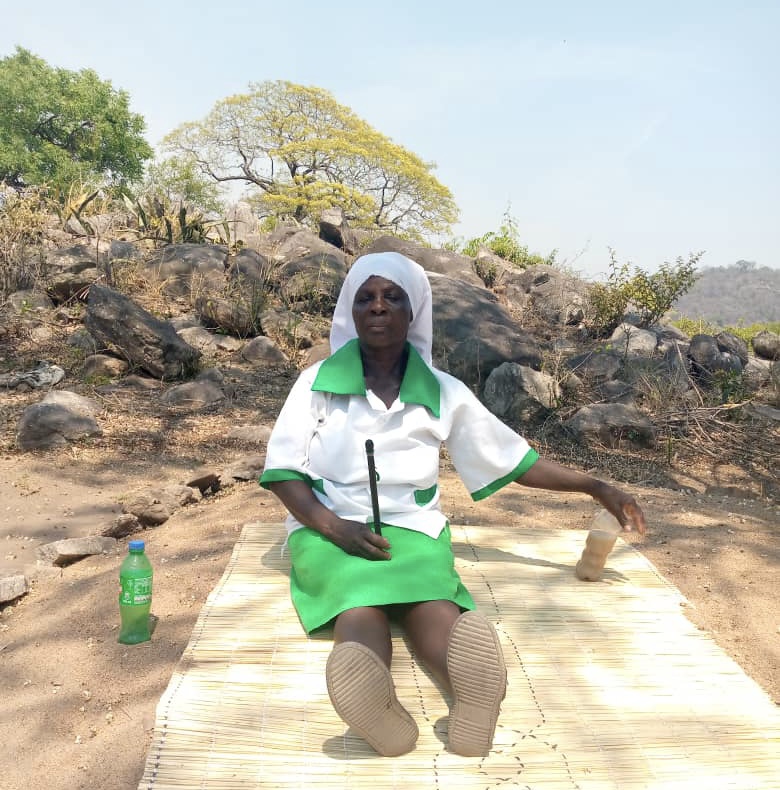
I am often involved in conversations with people who are intrigued that I work on land issues in Zimbabwe. Such conversations frequently lead off with something along the lines ‘Oh it was such a terrible thing, wasn’t it?’. Their assumptions and biases are clear from the start and the lack of knowledge is disconcerting. I take a deep breath (having been doing this for over 20 years it takes some control). ‘Well’, I say, ‘it’s a bit more complex than that; there are positive and negative outcomes, and things have changed over time.’ Usually at this point, people’s eyes glaze over and an easier subject is tackled or they wander off. Sometimes, however, people are genuinely interested, and (yes still) surprised.
Over the years we have produced a vast amount of research that challenges the myths surrounding land reform through solid empirical research, documented now in many journal articles and several books. If you add the huge body of work by others, then the evidence base is substantial and growing; and across this a (largely) similar story is told. There are few contrarians with other axes to grind and some outlier cases that tell an interesting but not generalisable story, but overall there is a growing consensus around the more complex, more ambiguous and much more interesting story of Zimbabwe’s land reform. This is important, as the Zimbabwe story is one that is looked at more widely (too often with biased perceptions) and the lessons learned have important things to say for others struggling with land redistribution.
Overarching findings
When I was putting together our compilation of 20 articles in the monster book Researching Zimbabwe’s Land Reform that we released last year and have since distributed around universities and resource centres across Zimbabwe (you can buy it here and here and download for free here), I wrote a new introduction. In addition to reflecting on the process of the research and the challenges we have faced, I wanted to lay out what the overarching conclusions were from this now huge this body of work. They proved difficult to summarise as there are differences across sites, between people and over time (the temporal dimension is what I pick up next week), but nevertheless, the listing below offers some headlines, which are taken from the book.
- Farmers on the new resettlement areas are producing and accumulating from investments in agriculture. Patterns vary widely between farms and across years, but a distinct pattern of ‘accumulation from below’, particularly in the A1 smallholder land reform sites, is seen. However, political and economic conditions over the past 20 years have seriously limited opportunities for most.
- Farmers who gained access to land during the land reform came from many different backgrounds. In the A1 smallholder areas, the majority were previously poor, small-scale farmers from the communal areas or were un(der)employed in nearby towns. In the A2 areas, there was a mix of those who applied through the formal route (mostly civil servants, including teachers and agricultural ministry staff) and those who gained access to land through patronage arrangements, drawing on close connections with the party and security services. Outside this latter group, which is a small minority, the beneficiaries were not ‘cronies’, nor even necessarily ruling party supporters.
- Many of the new farmers are investing in their farms. First this was focused on land clearance and building new homes, but since this has extended to investing in new technology (notably irrigation pumps), as well as tractors and diverse forms of transport for marketing. Some are able to invest off-farm and there has been a growth in investment in real estate in nearby towns, especially in the tobacco-growing areas.
- Over time, there has been a distinct process of social differentiation, within both smallholder (A1) and medium-scale (A2) farms, with some accumulating, while others struggle. This results in new social relations between farms and between sites, as those who are not surviving from farm-based income must seek employment on other farms or develop off-farm income earning options.
- There are major contrasts between A1 and A2 farms in all of our sites. A1 smallholder farms have performed relatively well, often producing surpluses, with investment flowing back to the farms or supporting relatives in other areas, including the communal areas and towns. A2 farms have by contrast struggled. As larger medium-scale operations, they require finance and capital investment, and this has been difficult to secure due to lack of bank finance or government support. Beyond a few years when the economy stabilised, the economic conditions over 20 years have not been conducive to successful farm business investment. That said, some have managed, and again there is substantial differentiation among A2 farms.
- The spatial restructuring of rural economies through land reform has resulted in new patterns of economic activity, with the sharing of labour, equipment and other resources across A1, A2 and communal areas. The concentration of locally-based economic growth driven by agriculture has had important effects on small towns, and many of these have grown significantly.
- During the land reform, resident farm labour on farms especially in the high-potential areas largely lost out on the allocation of new land. Farm labour has had to reincorporate in a new agricultural economy and has faced many challenges. Gaining access to even small pieces of land is crucial for survival, as the demand for labour varies and the working conditions are poor.
- Twenty years on from land reform, there is a next generation of young people who are seeking out agriculture-based opportunities. They may benefit from subdivision of their parents’ land, but many must survive on small patches. Investment in small-scale irrigation through the purchase of small pumps, linked to horticulture production, is a favoured activity.
- Finance for agriculture is extremely limited, constraining opportunities for small- and medium-scale resettlement farmers alike. Banks have so far rejected either permits to occupy in the A1 areas and leases in the A2 areas as a basis for lending. State investments have been limited, and are often misdirected and subject to corruption. Western donors have not supported land reform areas as these are deemed ‘contested areas’ and are subject to ‘sanctions’.
- The dynamics of agriculture is highly dependent on the type of crop. Some crops, such as tobacco and sugar, are linked to contract finance arrangements, supported by private companies. This allows farmers to invest in their production and some have been highly successful, although the terms of the contracts are not always favourable. Other crops, including grain crops and most horticulture, require self-financing or reliance on very selective government schemes, and so are more challenging business propositions; although again there are important successes, notably around small-scale irrigated horticulture.
- The contrasts between A1 and A2 areas and the differentiation of farmers within each mean that there is a highly heterogeneous farming population. There are different classes of farmer emerging, ranging from emergent rural capitalists to petty commodity producers to diverse classes of labour, only partly reliant on agriculture. This results in a new politics of the countryside, with quite volatile political affiliations; not necessarily as often assumed with everyone in the land reform areas allied to the ruling party.
- The new agrarian structure, centred on a smallholder-based agriculture and complemented by medium-scale farms, requires a very different policy approach to agriculture, with new forms of support, including a revamped and revived agricultural administration system to encourage investment. Economic and political instability, combined with wider sanctions, has massively restricted the potential of land reform farmer to drive rural economic growth, but the potentials are clearly apparent, along with many, on-going challenges.
For long-time readers of this blog these will not be new or startling, but they offer one encapsulation of where we are in our still-emerging understanding. You will have to read the 20 chapters of the book to get a sense of where the evidence comes from and how these ideas emerged. Of course, others would come up with a different summary from their own work, but I suspect that there is a convergence, even if not a complete consensus.
New questions
This summary of course suggests important new questions to tackle, meaning new research is vital. For example, how will farmers negotiate with capital in the form of joint ventures, contracting companies and so on? Will the A2 farms finally take off and how will they ally with smallholders, practically and politically? What will the long-term outcomes of differentiation within resettlements be, especially for new entrants, such as younger people wanting land and women? Will there continue to be a turnover of land or will resettlements become increasingly congested with the productive benefits of larger land areas eroded? And so on.
These themes (and many others) will continue to energise research on land and rural dynamics in Zimbabwe into the future, and I hope that the conversations I have on our work will continue to offer insights – and that fewer people will glaze over and run away!
This blog was written by Ian Scoones and first appeared on Zimbabweland





























